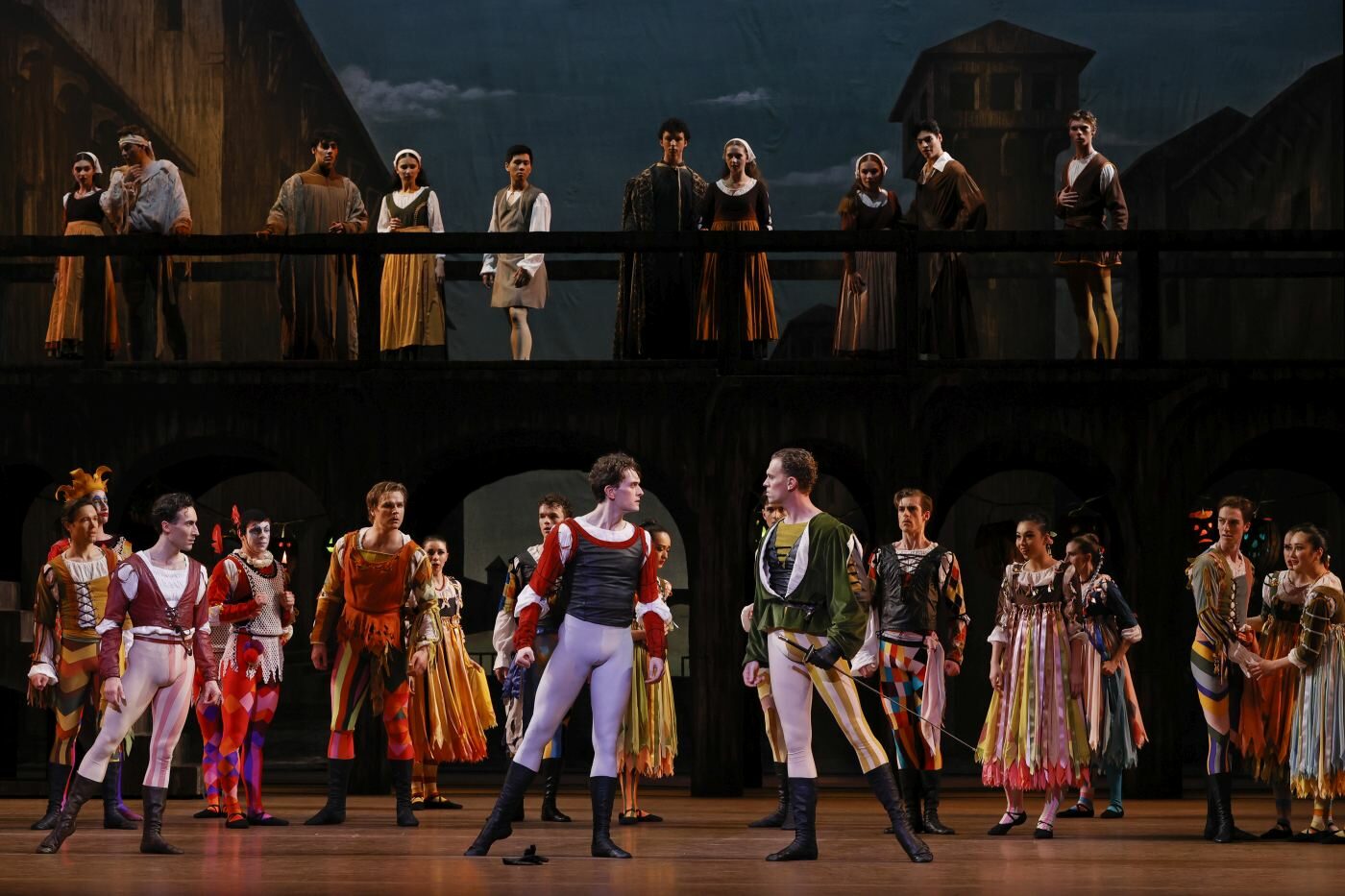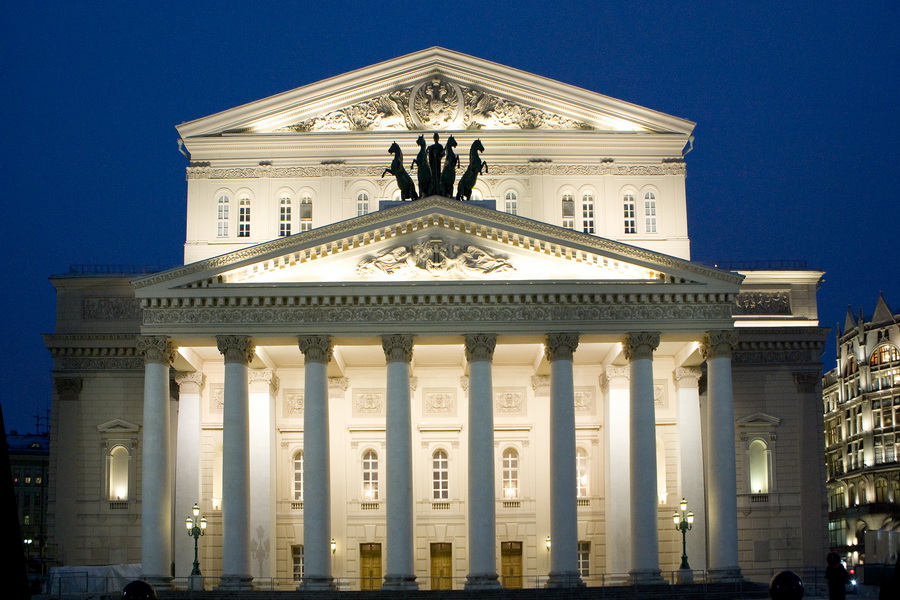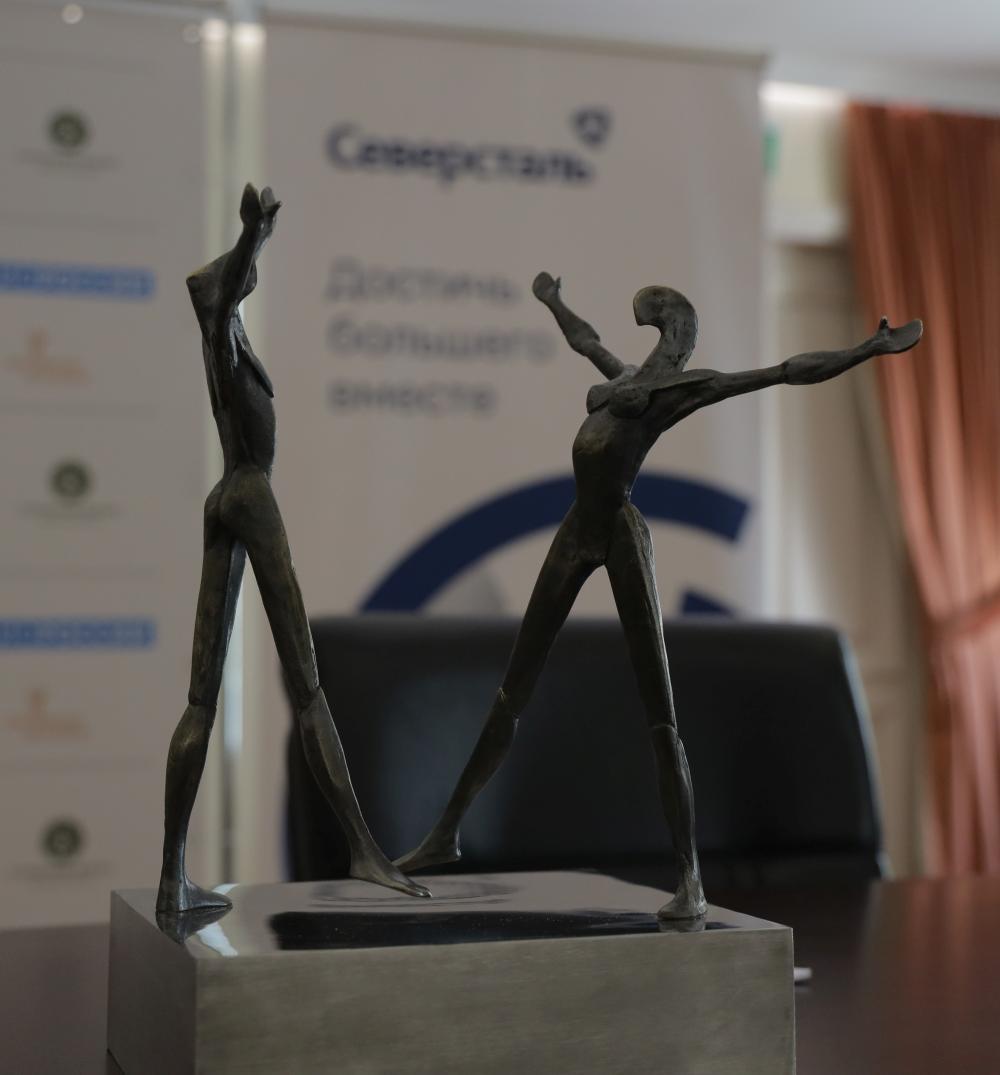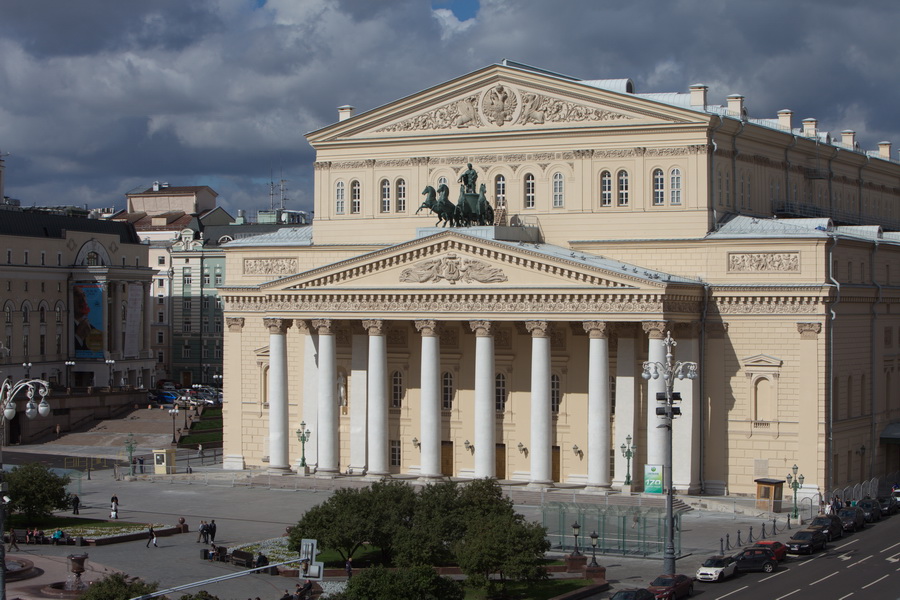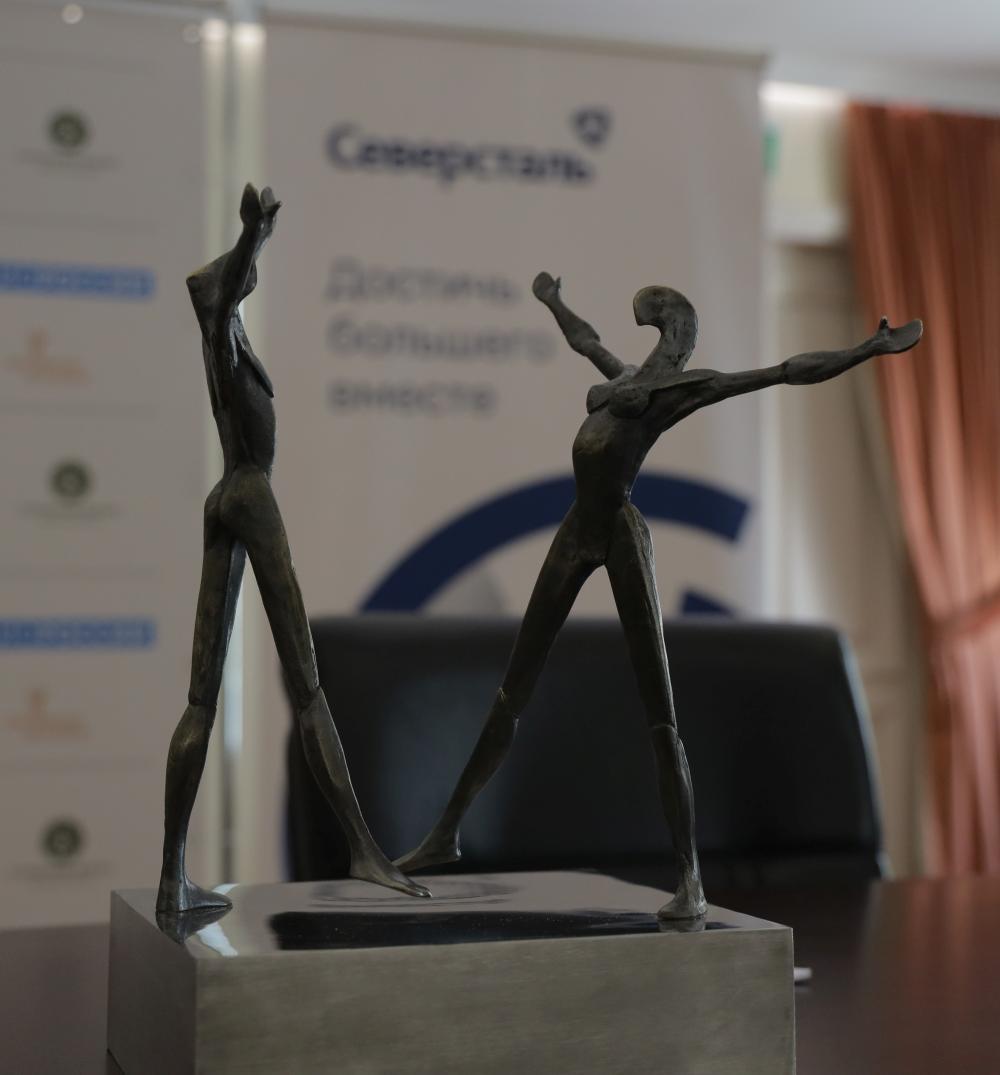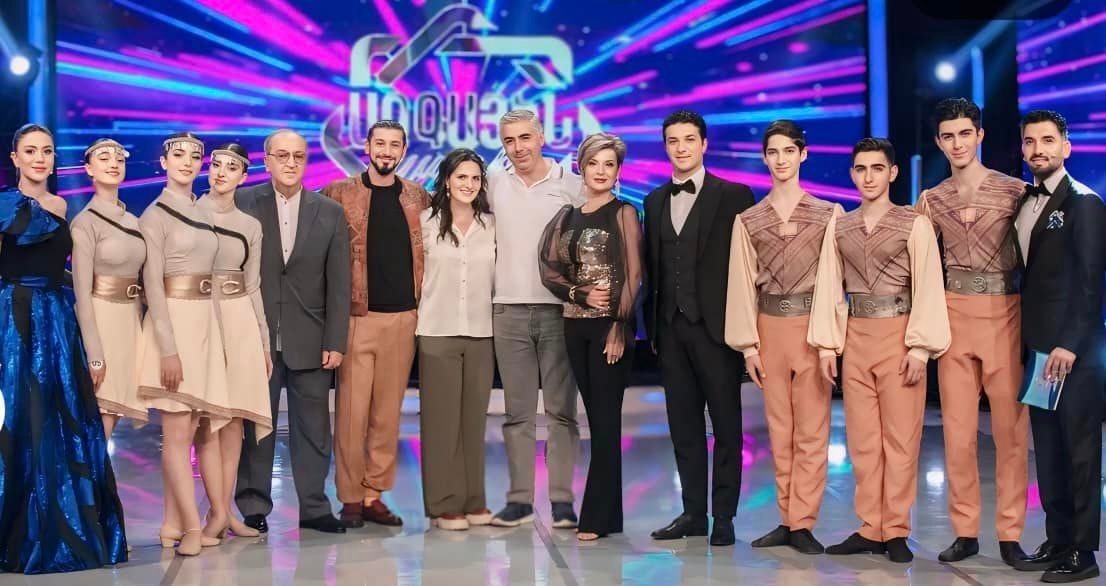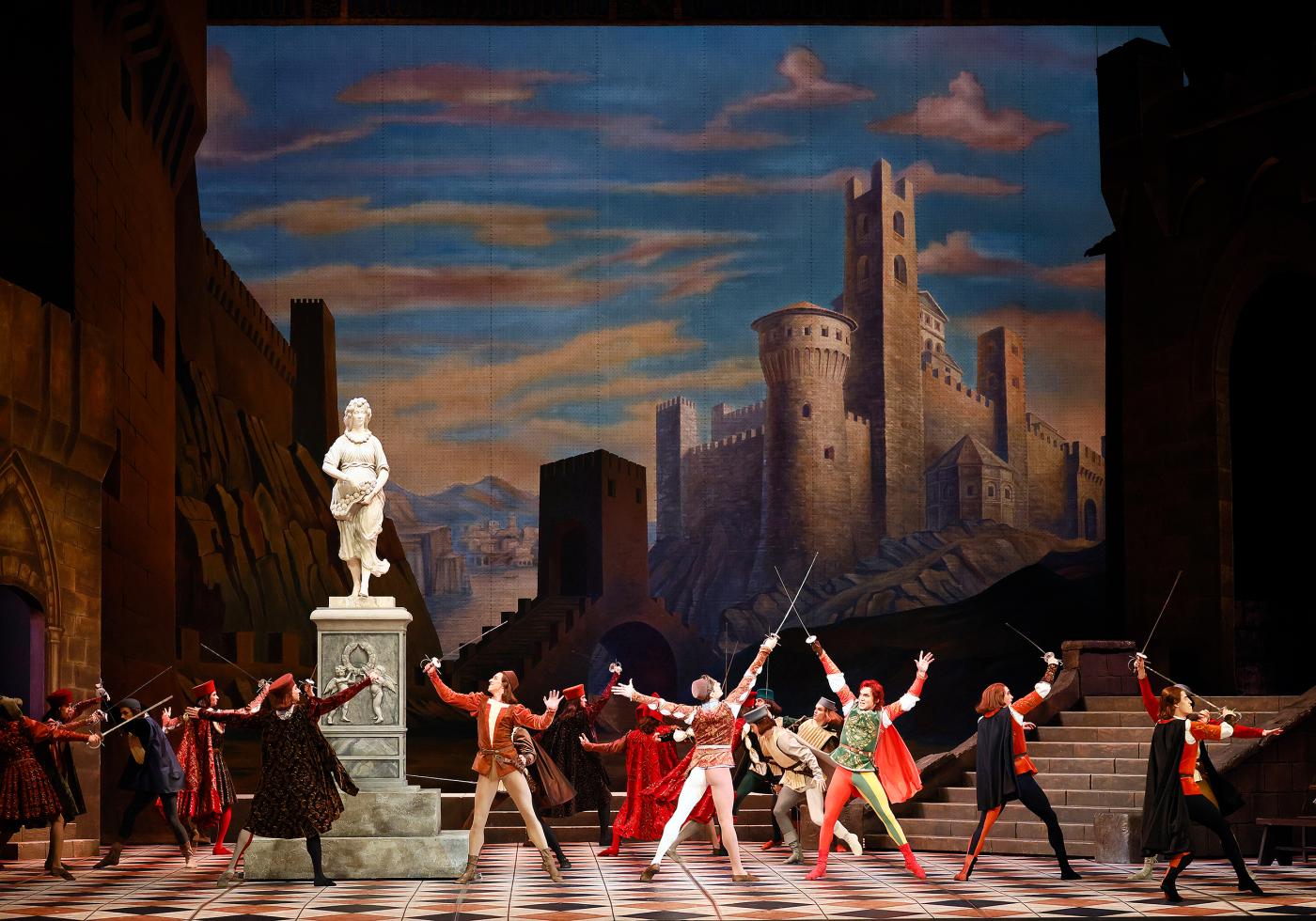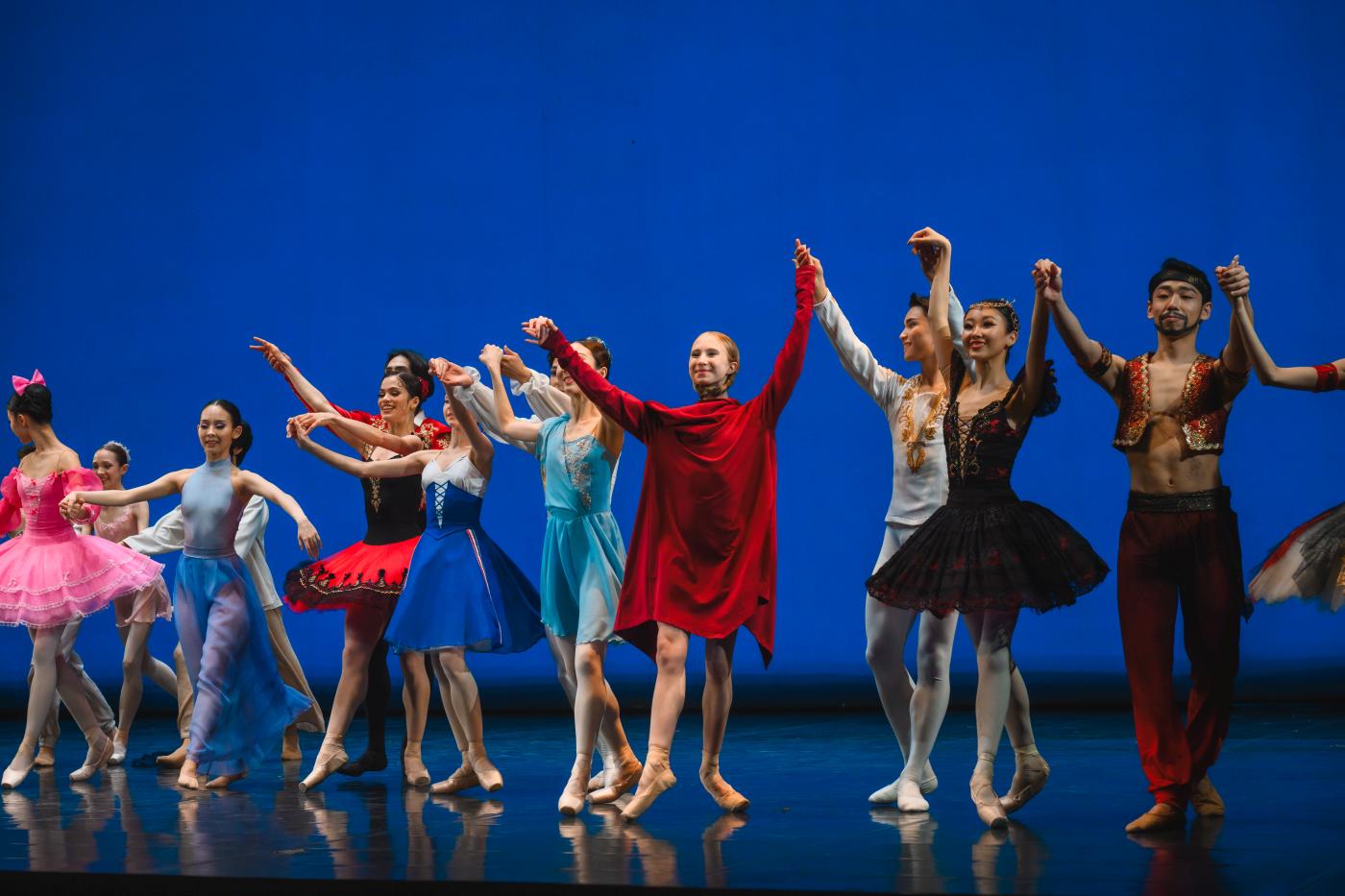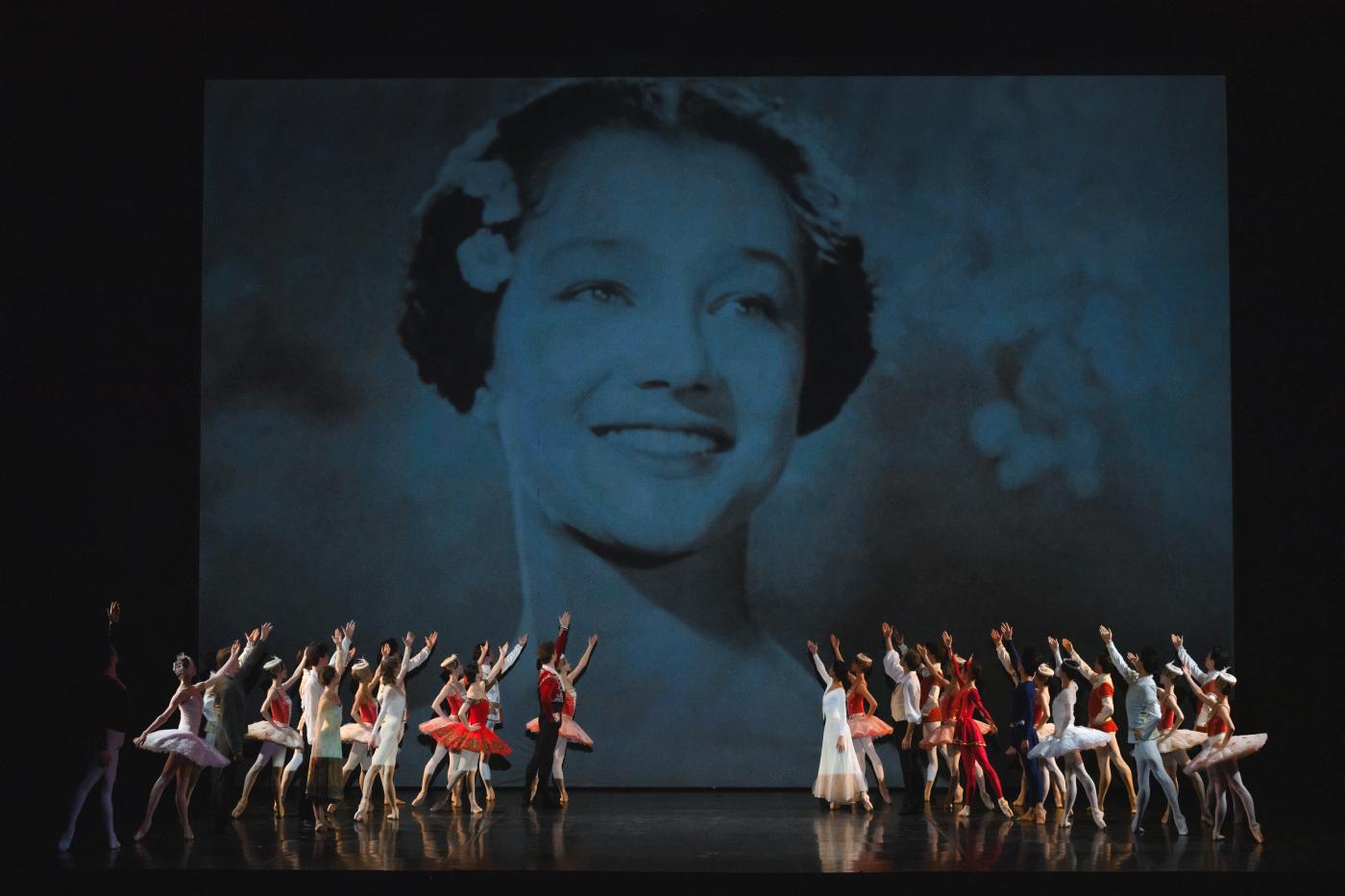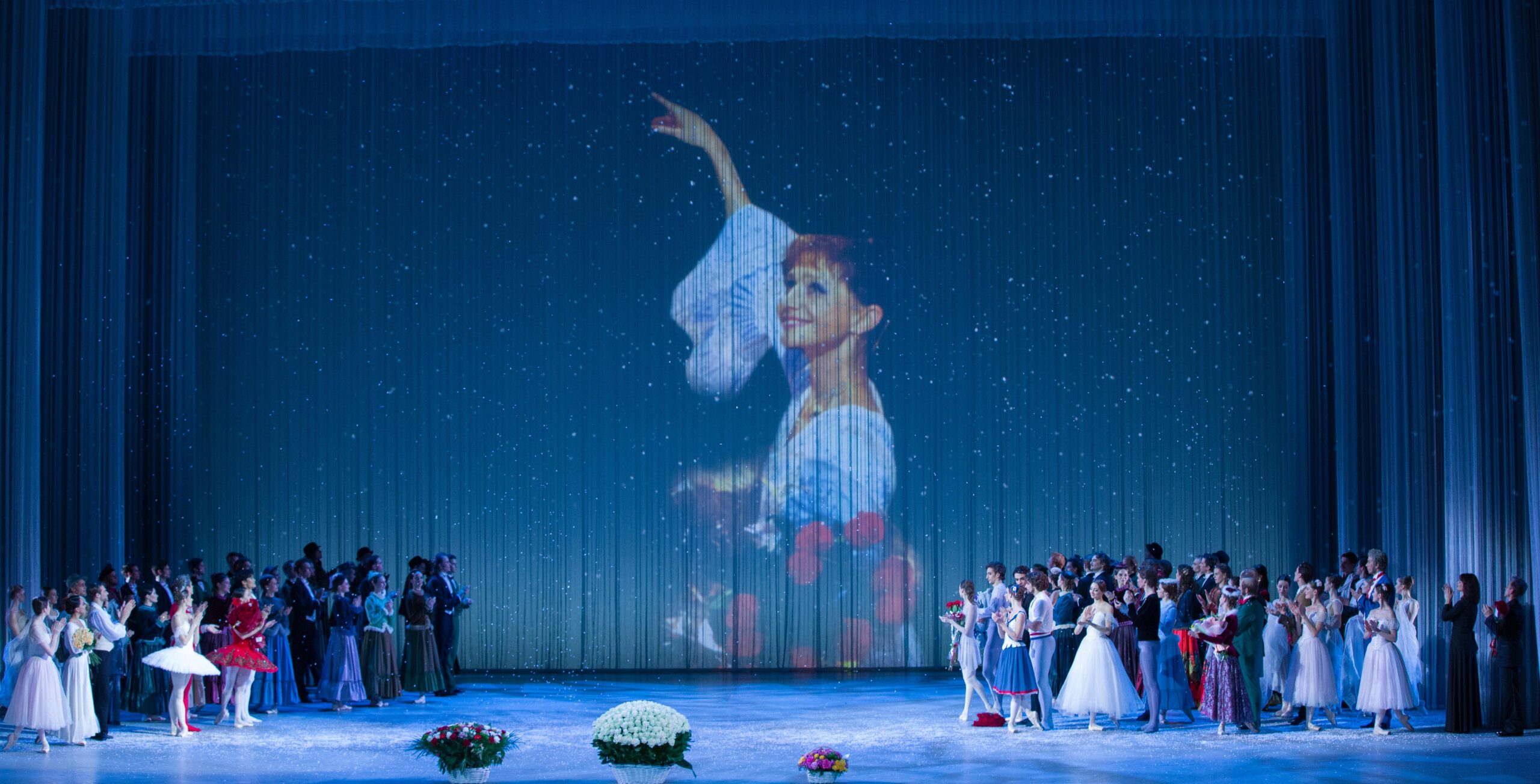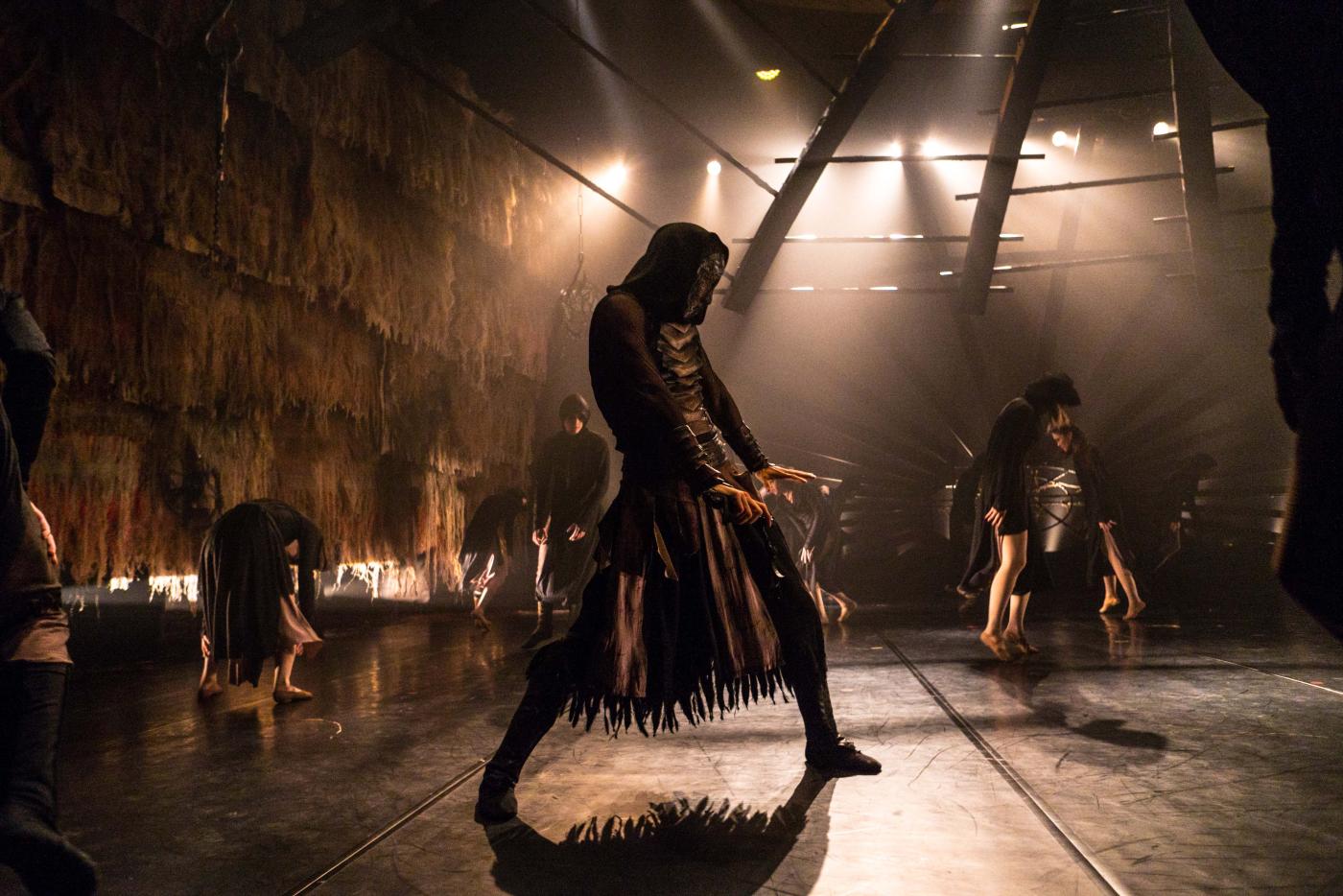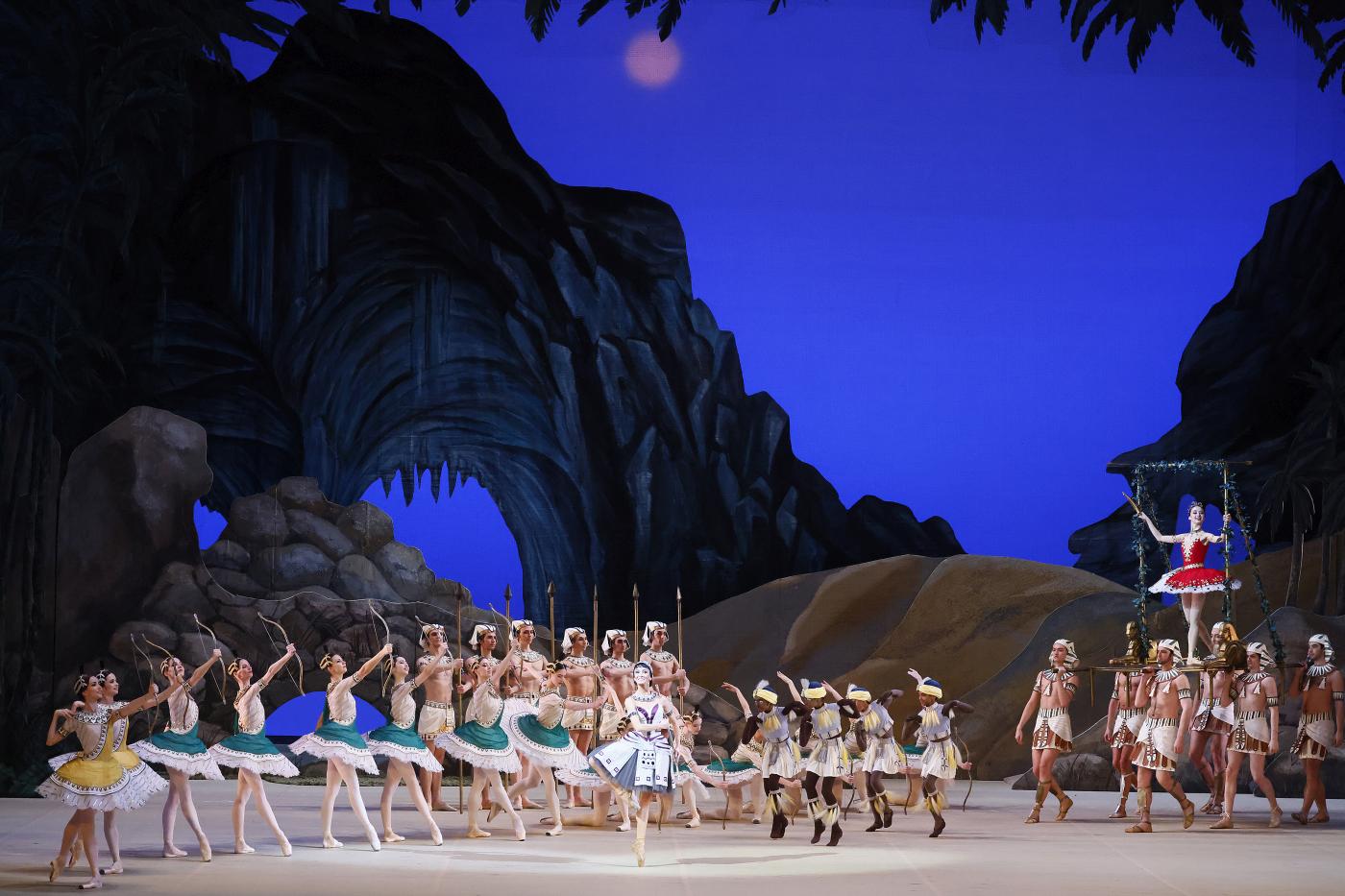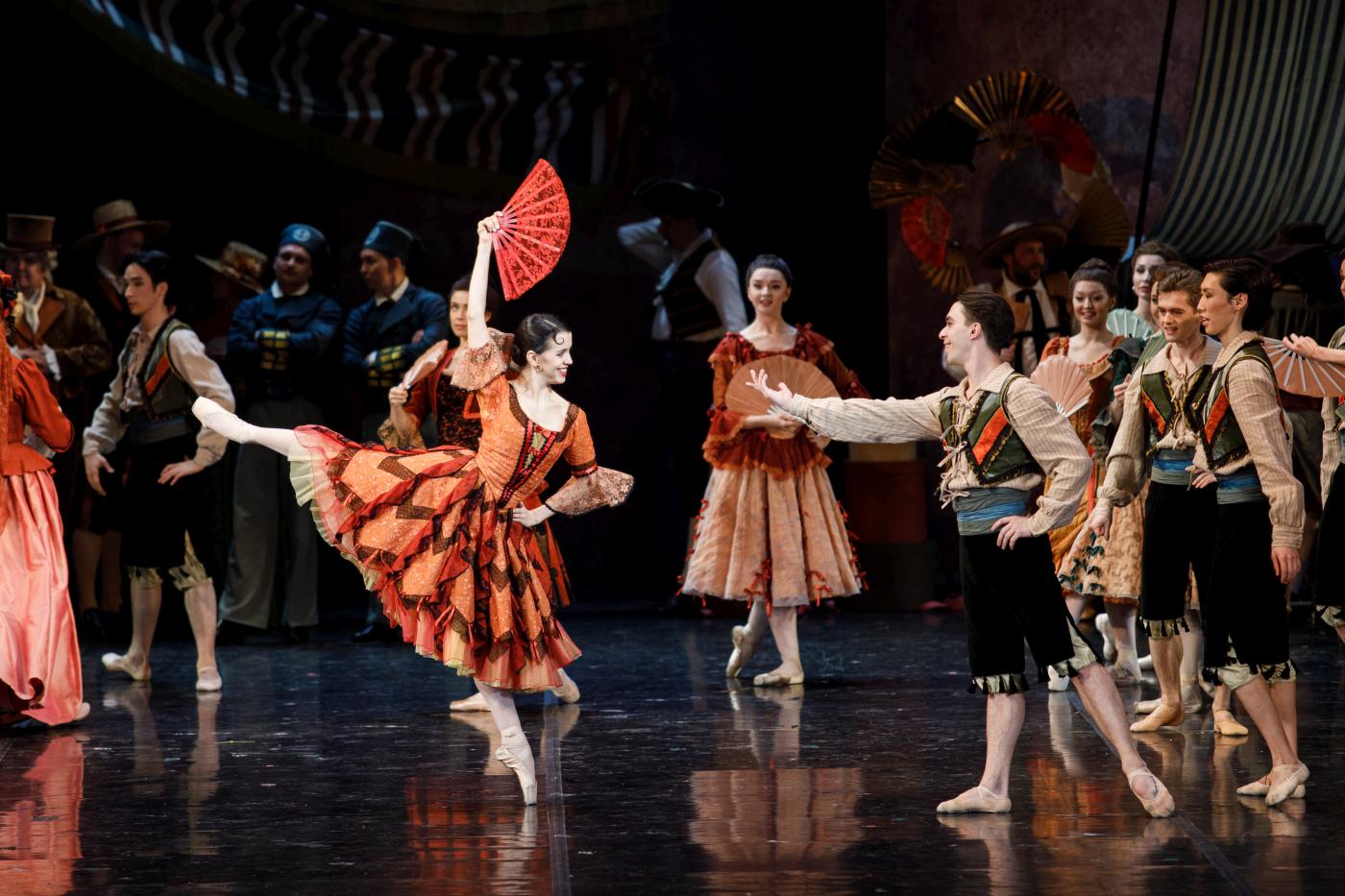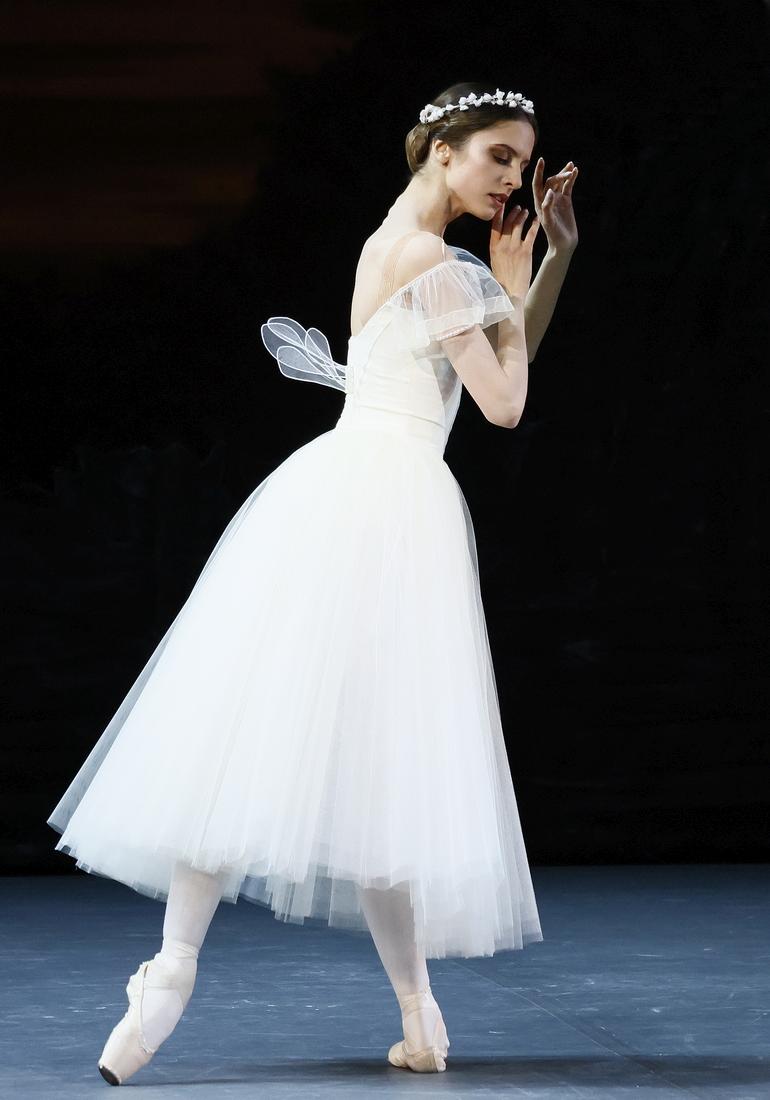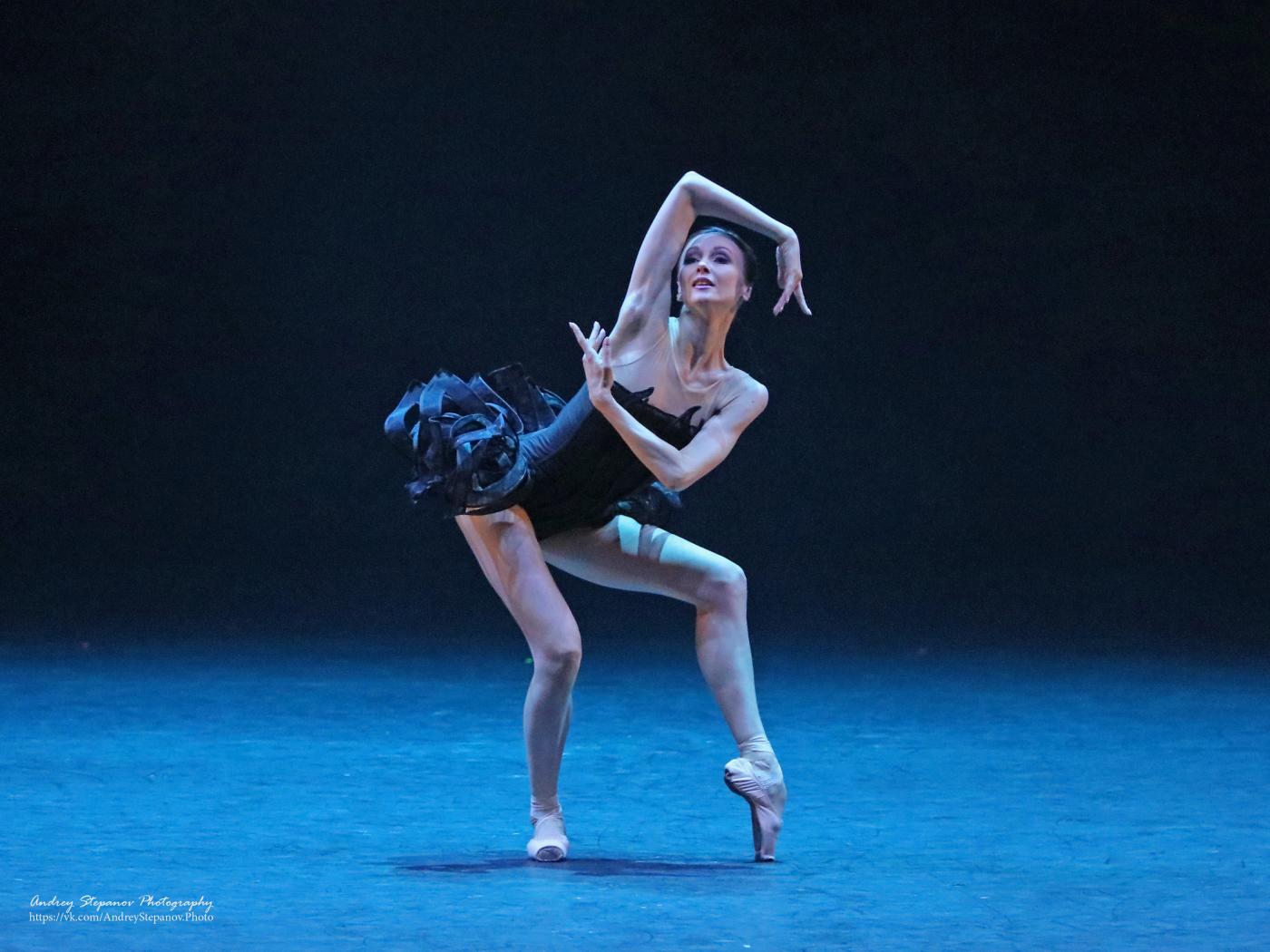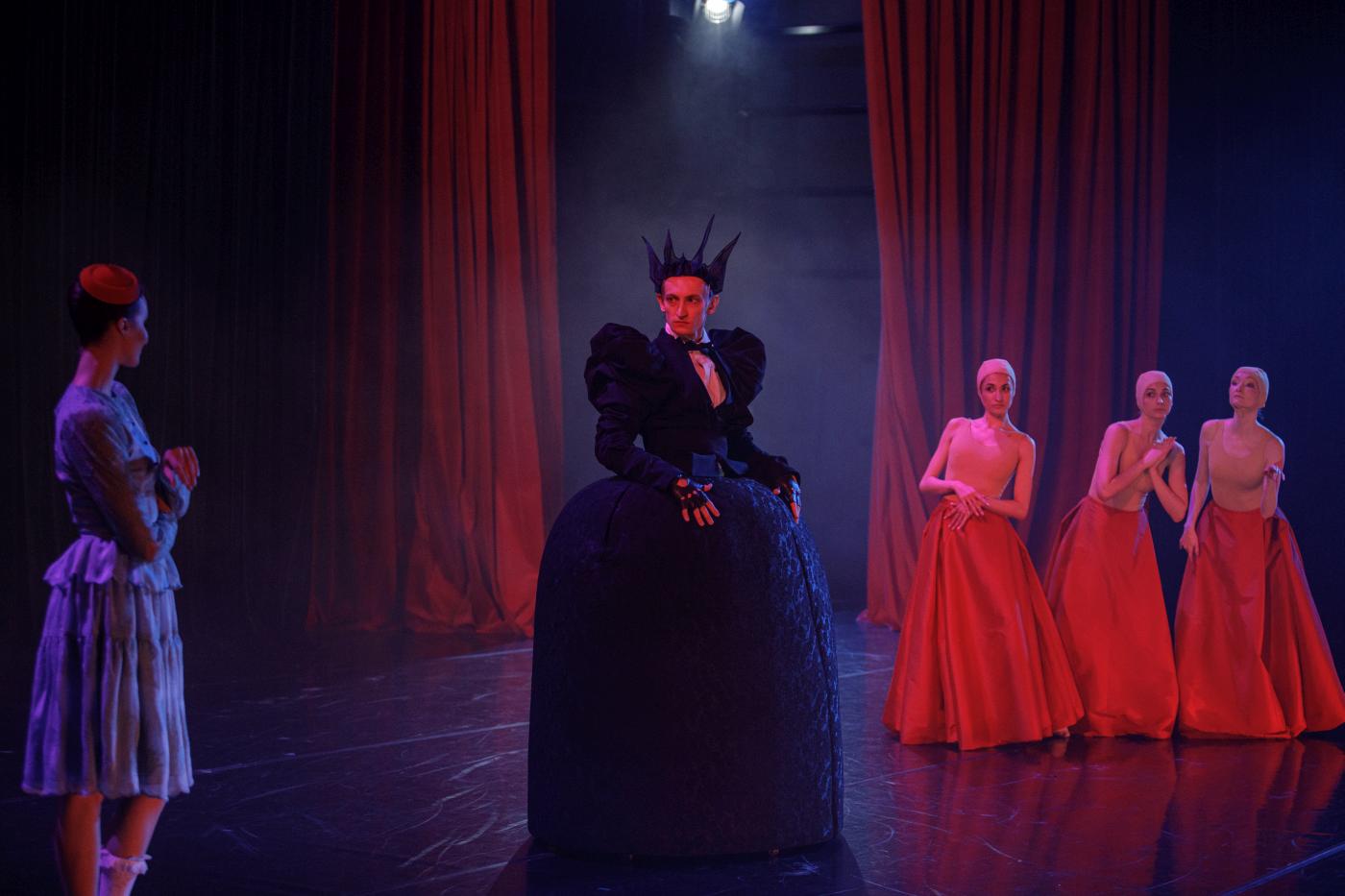Tempestuous
“Le Corsaire”
Ballet of the Krasnoyarsk State Opera and Ballet Theatre
Hvorostovsky Krasnoyarsk State Opera and Ballet Theatre
Krasnoyarsk, Russia
July 2024 (video)
by Ilona Landgraf
Copyright © 2024 by Ilona Landgraf
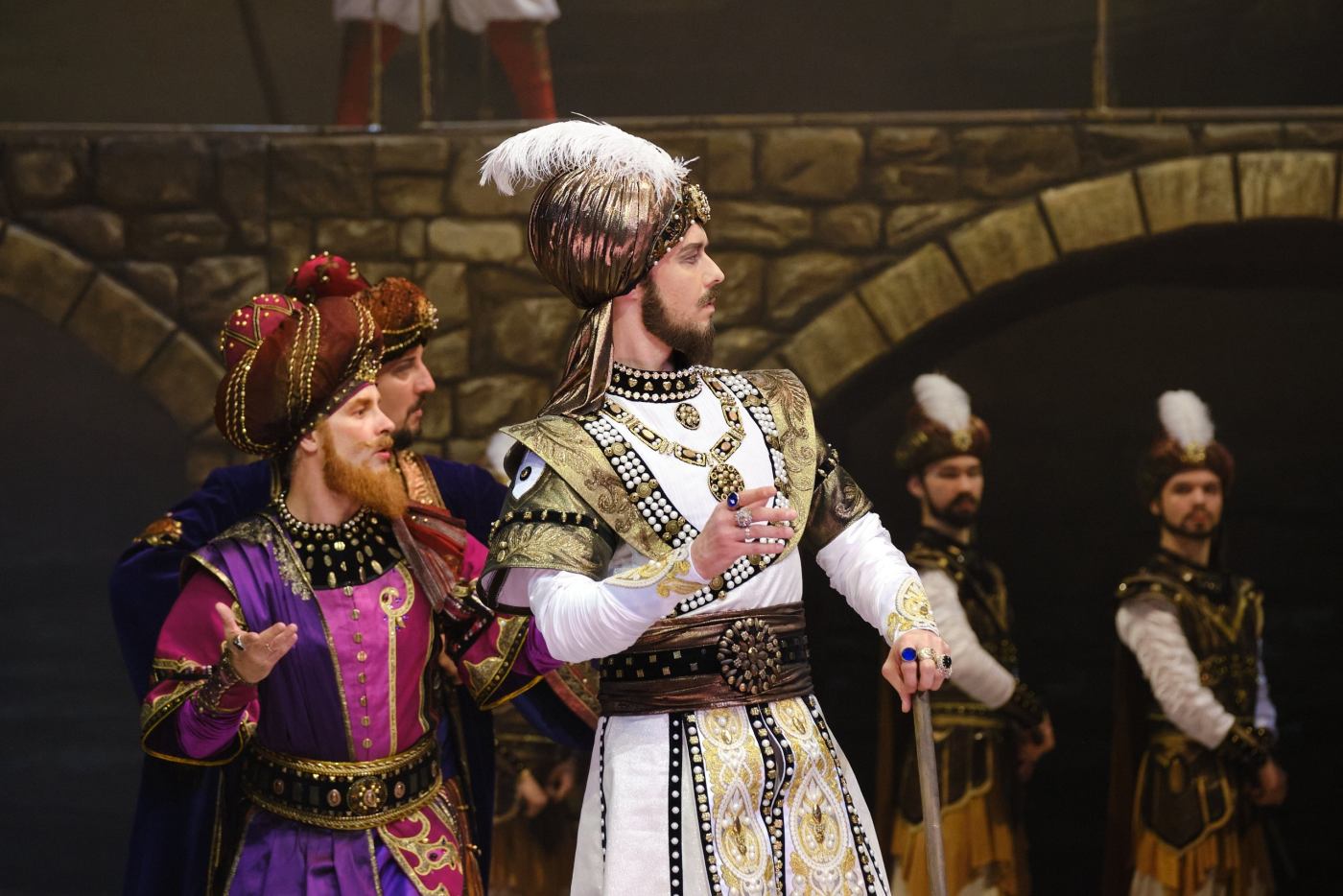
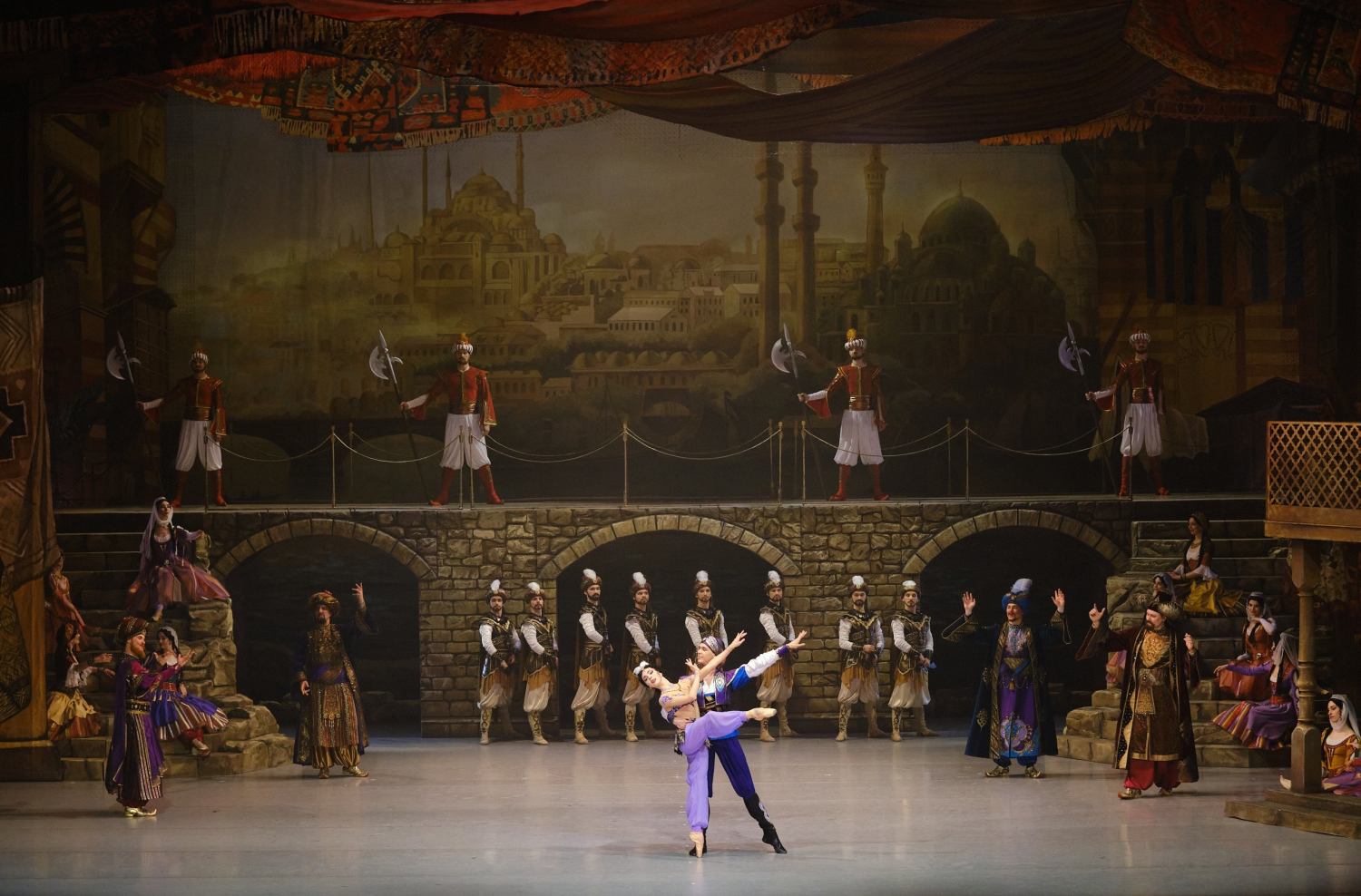 This July, the Ballet of the Krasnoyarsk State Opera and Ballet Theatre traveled 2.400 miles eastward to tour their Catharsis Dante at the Helikon Theatre in Moscow. I wasn’t able to fly to Moscow but, by chance, I had the opportunity to watch videos of two of their recent premieres. One of them was a new Le Corsaire by Yuliana Malkhasyants, which premiered on May 19th. It’s based on Petipa’s 1858 version for the Mariinsky Theatre from which Malkhasyants kept seven of the most famous fragments, such as the Pas d’Esclave and the Le Corsaire Pas de Deux for Medora and Conrad. The Jardin animé was refashioned, and the libretto was pruned for better understanding. Malkhasyants dropped the figure of Conrad’s young, faithful slave, Ali, and streamlined Medora’s and Conrad’s escape from Seyd Pasha’s harem. (more…)
This July, the Ballet of the Krasnoyarsk State Opera and Ballet Theatre traveled 2.400 miles eastward to tour their Catharsis Dante at the Helikon Theatre in Moscow. I wasn’t able to fly to Moscow but, by chance, I had the opportunity to watch videos of two of their recent premieres. One of them was a new Le Corsaire by Yuliana Malkhasyants, which premiered on May 19th. It’s based on Petipa’s 1858 version for the Mariinsky Theatre from which Malkhasyants kept seven of the most famous fragments, such as the Pas d’Esclave and the Le Corsaire Pas de Deux for Medora and Conrad. The Jardin animé was refashioned, and the libretto was pruned for better understanding. Malkhasyants dropped the figure of Conrad’s young, faithful slave, Ali, and streamlined Medora’s and Conrad’s escape from Seyd Pasha’s harem. (more…)
